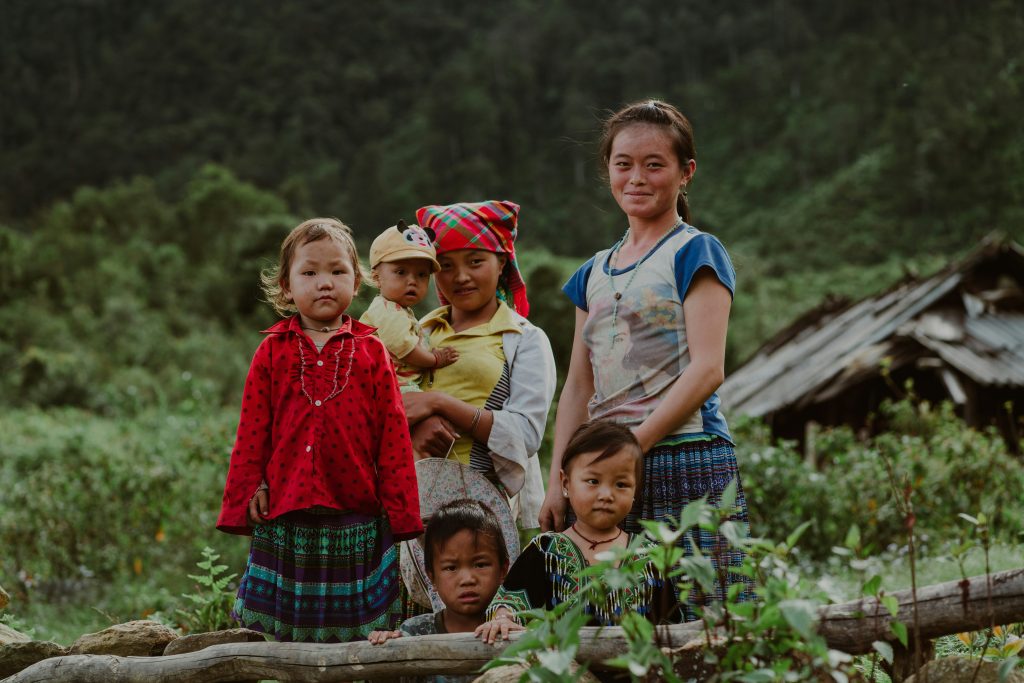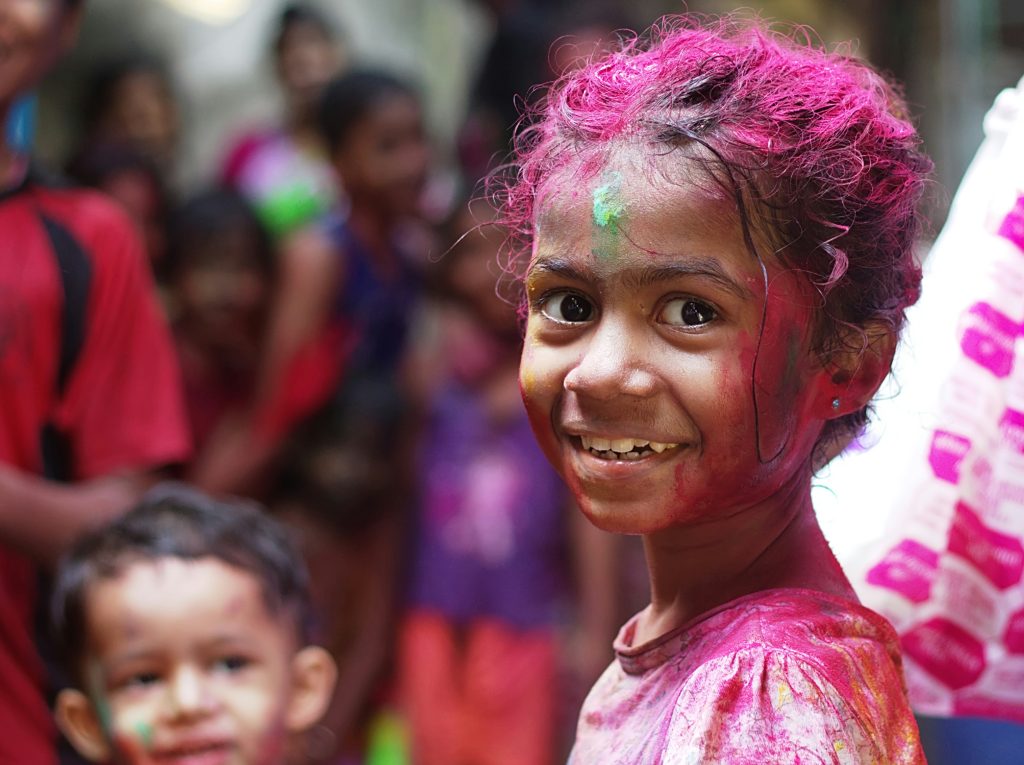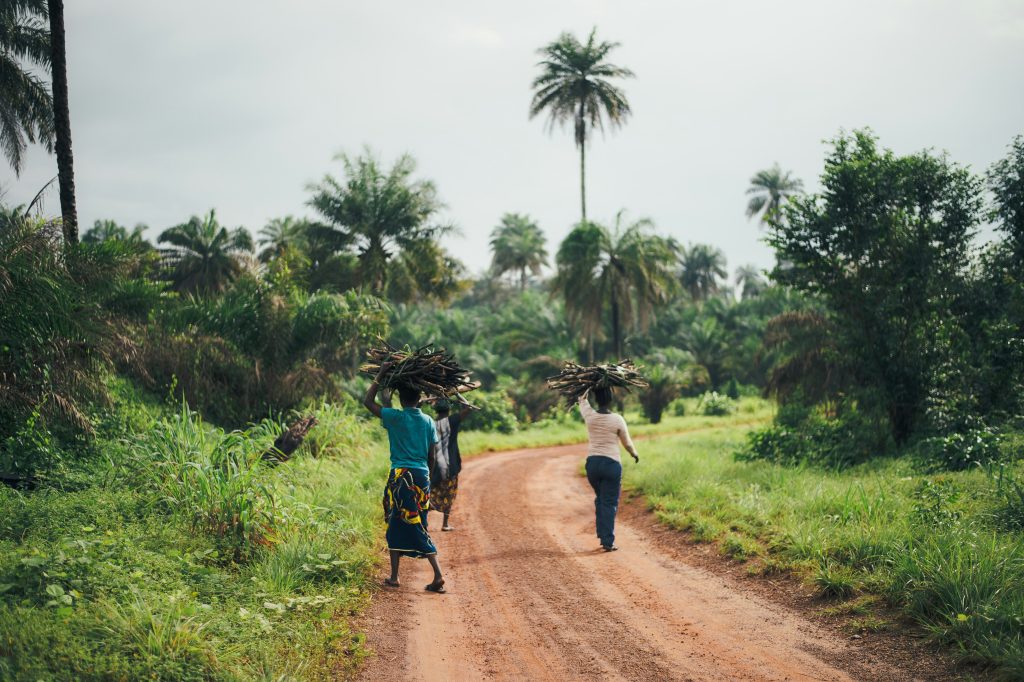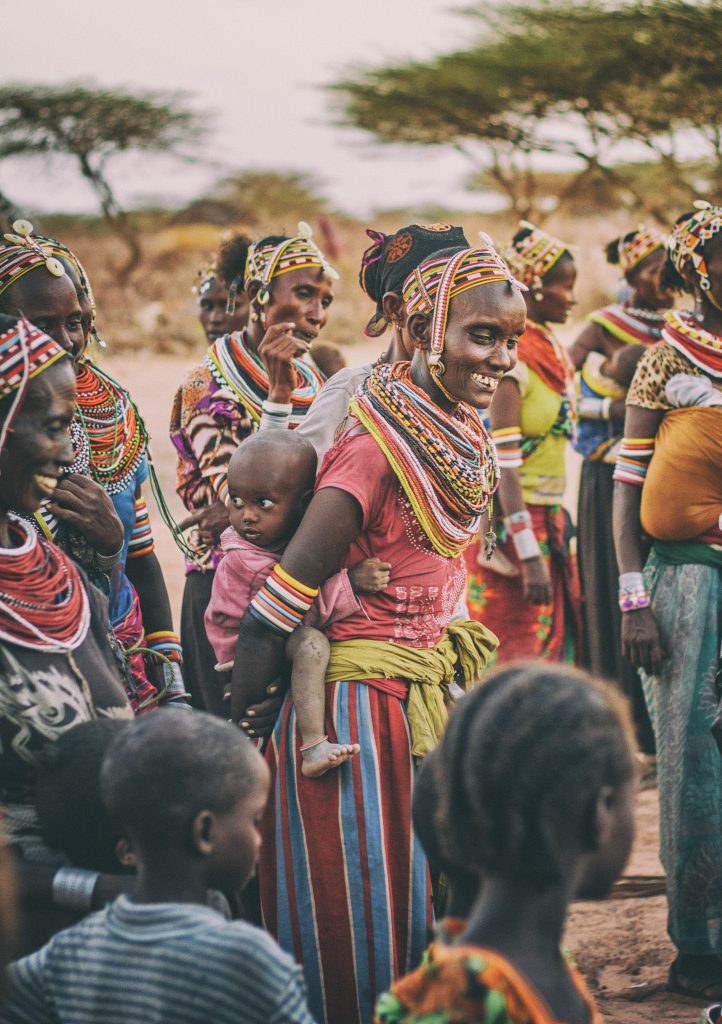As the climate crisis unfolds, its far-reaching consequences are hard to miss: extreme weather events, rising sea levels, disruption of ecosystems, water scarcity and many more. But these consequences don’t affect us all equally. Women and children, particularly in low and middle income countries, are disproportionately affected by the impact of climate change. Before we can address these inequalities, we have to understand them.
Here are six key ways that climate change and gender equality are intertwined:
1. Gender-based violence

Women and girls face increased levels of gender-based violence (GBV) as a result of climate change, sometimes referred to as a threat multiplier. Low and middle income countries (LMICs), often see an increase in GBV paired with climate change due to women having to walk long distances to access water sources, leaving them vulnerable to violence. Research in Madrid found that femicide rose 40% as a result of heatwaves. This same research uncovered that in Kenya, women had 60% higher odds of reporting domestic violence when severe weather hit. Another study of women and girls in India, Pakistan and Nepal found that for every 1 degree C rise in the average annual temperature, there was a 6.3% increase in physical and sexual violence. Approximately 80% of individuals experiencing the effects of climate change who are forced to leave their communities are women. Due to this displacement, shelters, temporary settlements and/or camps usually see an increase in GBV towards women and children. Increases in child marriage, another form of GBV, have also been linked to the climate crisis. Families sometimes see child marriage as a way to curb economic hardship, while improving their daughters’ food security.
Femicide is a term used to describe the killing of women and girls.
2. Natural disasters

Similarly, natural disasters caused by climate change often spark vulnerabilities for women, children and adolescents. Poverty, lack of law enforcement and homelessness all create a larger spectrum for assault, violence and abuse of women and children. The National Sexual Violence Resource Centre conducted a survey indicating that one in three sexual assaults during Hurricane Rita and Katrina occurred at shelters. Post Hurricane Matthew in 2016, Haiti experienced an increase in the sex trafficking of women and children – largely attributed to the economic devastation across the country.
3. Women and children’s health

Women, children and adolescents in LMICs often have limited access to health care, which contributes to increased maternal and child health risks. Research shows that extreme heat has been linked to the spread of deadly diseases like malaria, stillbirths and low birth weight, while air pollution results in 7 million premature deaths each year. There is also a connection between heat and mental health, with heat waves affecting anxiety and post-traumatic stress disorder. Nutrition is also connected to women’s and children’s health, around 32% of women in 2021 faced severe food insecurity, which is a detriment to their overall health.
4. Natural resources

Many women, children and adolescents have limited access to crucial natural resources, while also being responsible for their retrieval. Globally, 43% of the agricultural force is made up of women. In LMICs, girls in particular are often pressured into leaving school at young ages in order to support their mothers with agricultural activities, including the collection of natural resources. This pressure increases when changes in weather and climate make resources more scarce or unpredictable, and farming more difficult. The lack of natural resources paired with lack of income creates vulnerable situations for women and girls surrounding GBV and child marriage.
5. Water, sanitation and hygiene (WASH)

Water is directly linked to women’s quality of life, economic opportunities and safety. One study in Botswana found that 70% of the children taken out of school were girls, specifically during droughts. Water is a heavily sought after resource that is not always available in LMICs, which ultimately contributes to deprivations throughout the communities. Water collection alone takes around 200 million hours a day, worldwide. The link between climate change and water scarcity is a safety concern when addressing hygiene, health and proper hand washing. Women can also face higher chances of sexual violence while they are retrieving water.
6. Environmental opportunity

Nearly half of the agricultural labor force in developing countries is made up of women, underscoring their pivotal role in food production and security. The UN estimates that if the necessary tools and technologies are provided to women, they would be able to increase agricultural productivity by 20 to 30%, increase overall output by 2.5 to 4% and reduce world hunger by 12 to 17%. Beyond the immediate agricultural sector, investing in women yields broader environmental benefits. Research shows that investing in women and girls in a parliamentary capacity have better odds at gaining international environment treaties. This highlights the influential role women play not only in local communities but also on the global stage in addressing pressing environmental challenges. It is important to support women and girls in the decision making around climate action because they tend to be leaders in risk-reduction. The UN has found that when women are included in the conversation, there is higher success in resilience within communities.